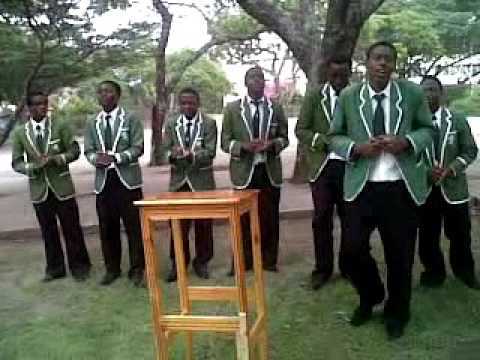
Tino Mapatya
Marondera High School has a unique school uniform.
When the school was built in 1960, it was set on a large tract of land at what was, then, the tail end of the town of Marandellas (now Marondera). Beyond the school, there was farmland and vast musasa forests. Falling in love with the colours of the tree leaves, the school designed their uniform in a unique green colour, which they named Musasa green. It was the colour of the school blazer, the girls uniform skirts and formed the basis of the school’s branding.
A few years ago, a school in Harare lifted the Marondera High School colour combination and proceeded to use them. Marondera High School is a Government school and it is not clear whether the school ever patented their colour or their uniform.
Some school s in Zimbabwe have taken the lifting of identities to a new level.
Schools like Churchill, Bernard Mizeki and Marondera High have been identified with fairly unique blazers and colour schemes. Lately, though, it is not surprising to find a school with the same colours as an established school.
The founder of one school, which has set its uniform up to closely resemble Saint George’s College said: “Nobody owns a colour. We are inspired to use these colours because they mean something to us, so we can’t really be said to be copying anyone.”
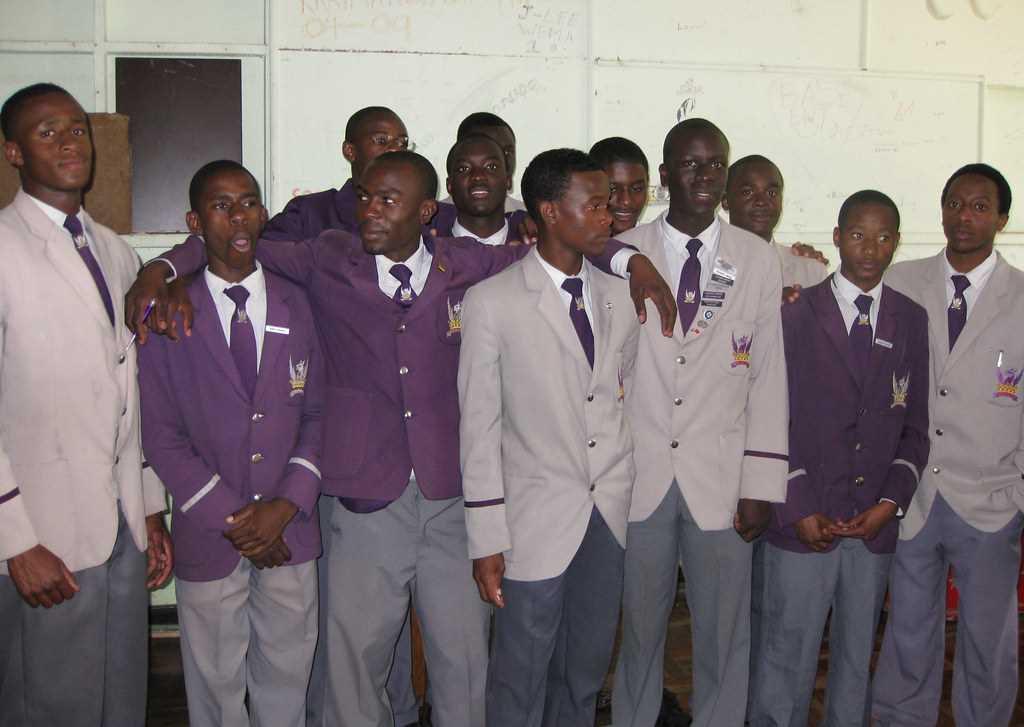
While nobody owns a colour, it is generally accepted that when colours are put together in a certain way on clothes, or logos, or in other applications, they form an identity. Those colour combinations identify the school and help it to promote itself and create a following and a rallying point around the institution.
“A school’s uniform is its calling card. The school is known by its uniform. The unique colour combinations are what bring the image of the school to life. So, the colours of Mutare Boys’ High School are what differentiate it from Lomagundi College and Gifford. Some parents have selected schools for their children on the basis of how the children looked in their uniform and how they carried themselves in that uniform. A uniform is an identity” said Mildred Kumbwana, a branding specialist.
Some might say colours belong to no one. What about names?
Zimbabwean schools were generally named after the places the schools were located in. Examples abound: Thornhill, Plumtree, Mutare Boys’, Chinhoyi, Kuwadzana, Mzilikazi and Kyle among others. Some were named after people or religious figures deemed to have been relevant to the history of the people who established the school, hence Mount St Mary’s, Bernard Mizeki, Coghlan etc.
Related Stories
Other schools chose names from nature or from the unique location. Watershed and South Eastern College spring to mind.
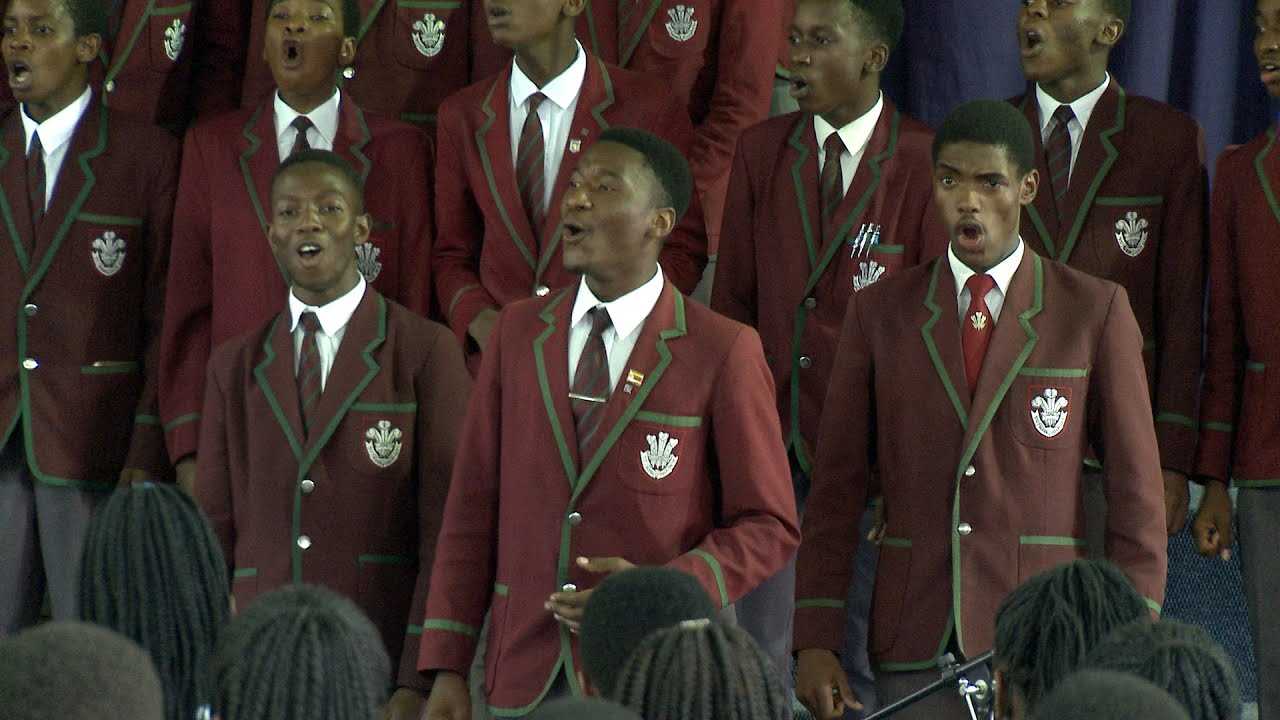
Lately, there has been a surge in names that are inspired by rather more ambitious and distant places.
We have seen institutions such as Cambridge Pre-School, Harvard Primary School, Eton College and recently, I came across MIT Institute.
Gone are the days of creative names inspired by relatable events.
The social culture has people naming their business ventures outlandishly. In my beloved Chitungwiza, there is a Beyoncé College. And no, it does not teach music and show business. It offers places from Grade 1 to Form 4. No music is offered.
Like colours and uniforms, names are now just being plucked out of existing spaces and plastered onto wall, uniforms and letterheads.
Zimbabwe had names to adore. Rusununguko (Freedom), opened for young fighters returning from the liberation war and eager to continue with their education, is a meaningful name with a purposeful past.
One wonders what the children in some of the fancifully named schools are being taught about the school’s origins.
There have been disturbing cases of schools taking not only colours and uniforms from existing schools, but even names, and generally passing themselves off as offshoots of existing schools and creating confusing conditions for parents, who often only discover the truth after enrolling their children.
“It seems wrong that a school, where young minds are moulded, should take its identity from someone else and then try and rise the children right. Coming up with a name should be a part of the heritage of a school. Picking names from other schools is a recipe for possible litigation at some point,” said Kumbwana.
Creativity is a key part of education. It is time it formed a key part of the naming and branding of schools.


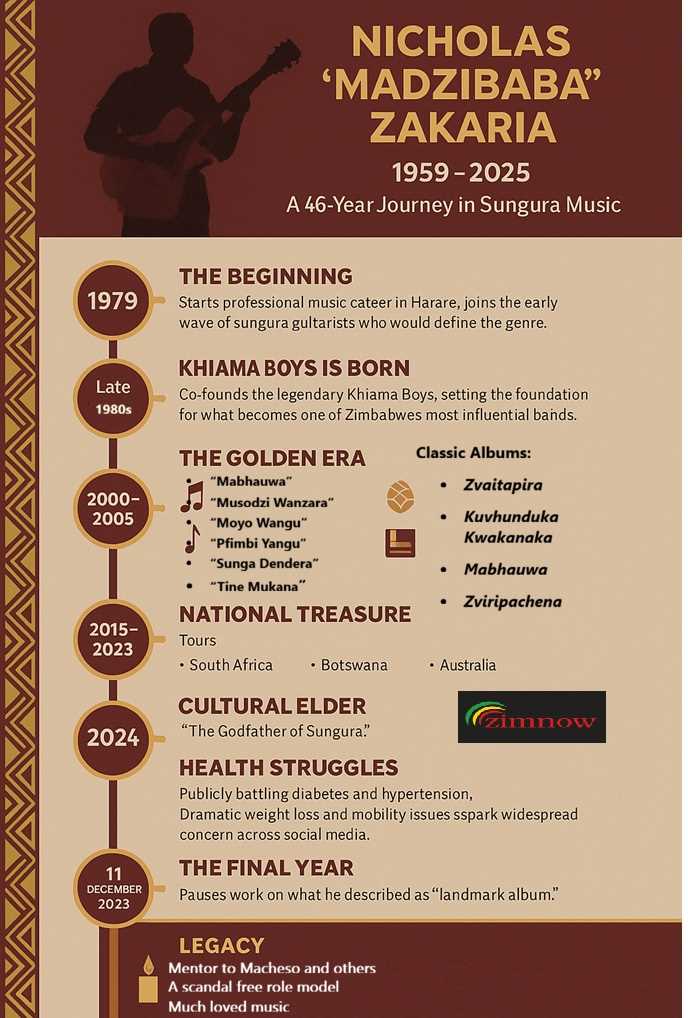

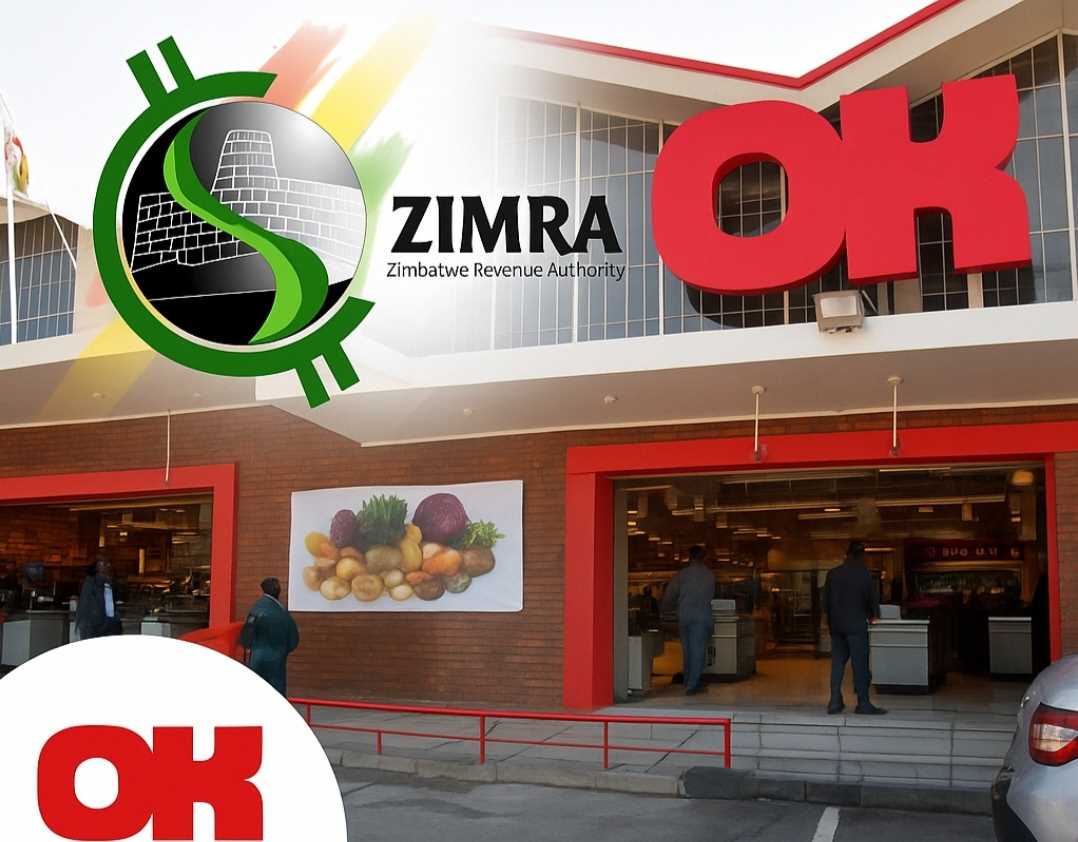
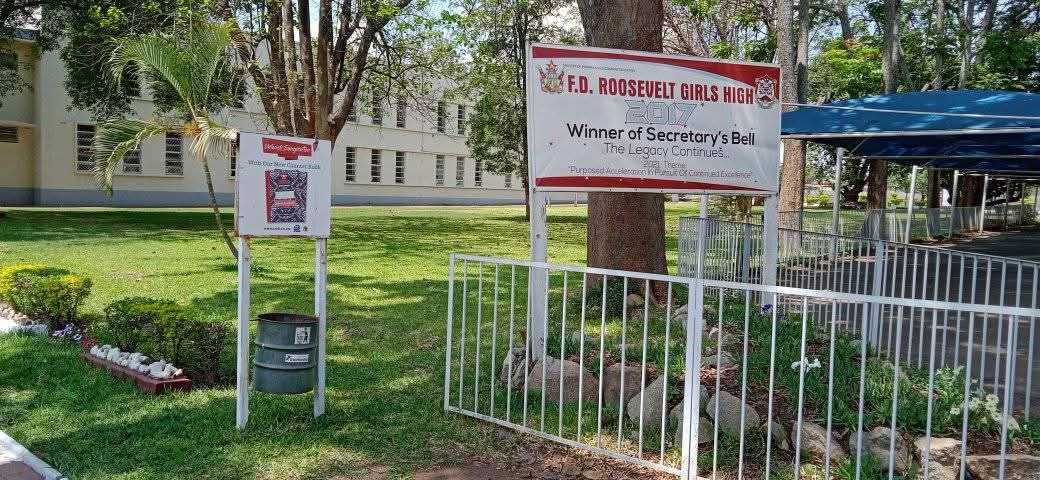

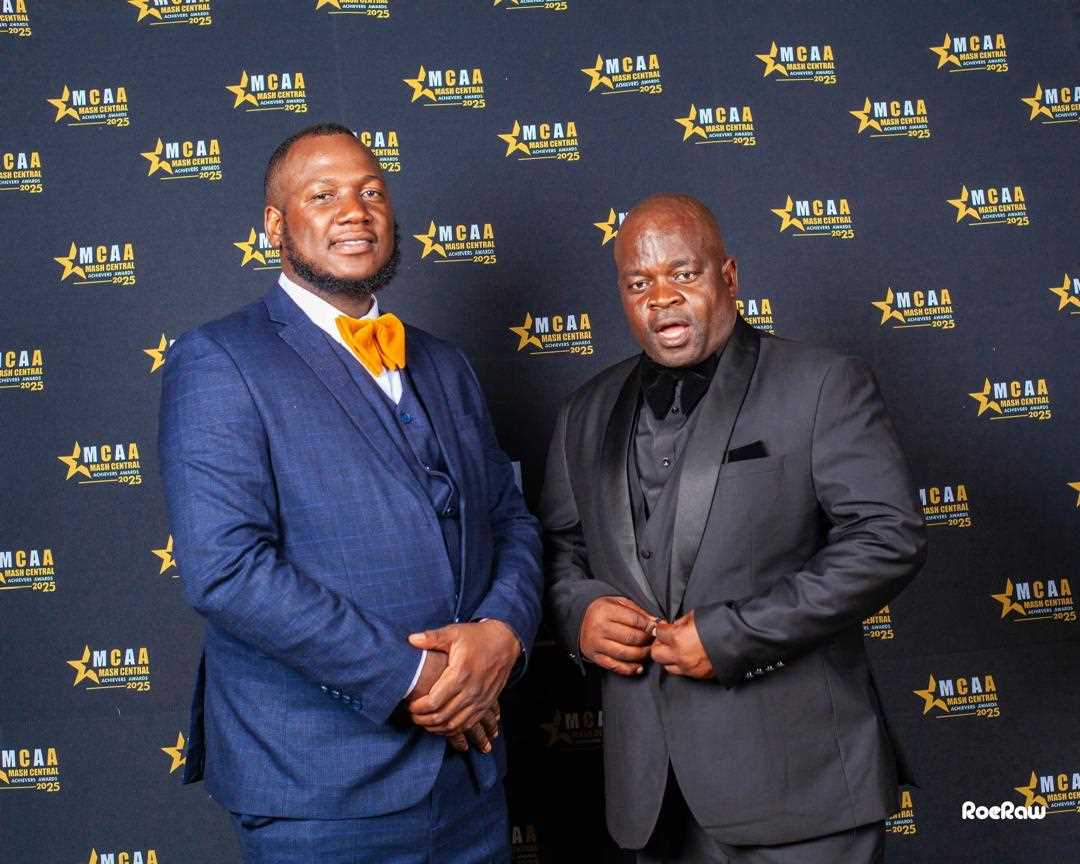




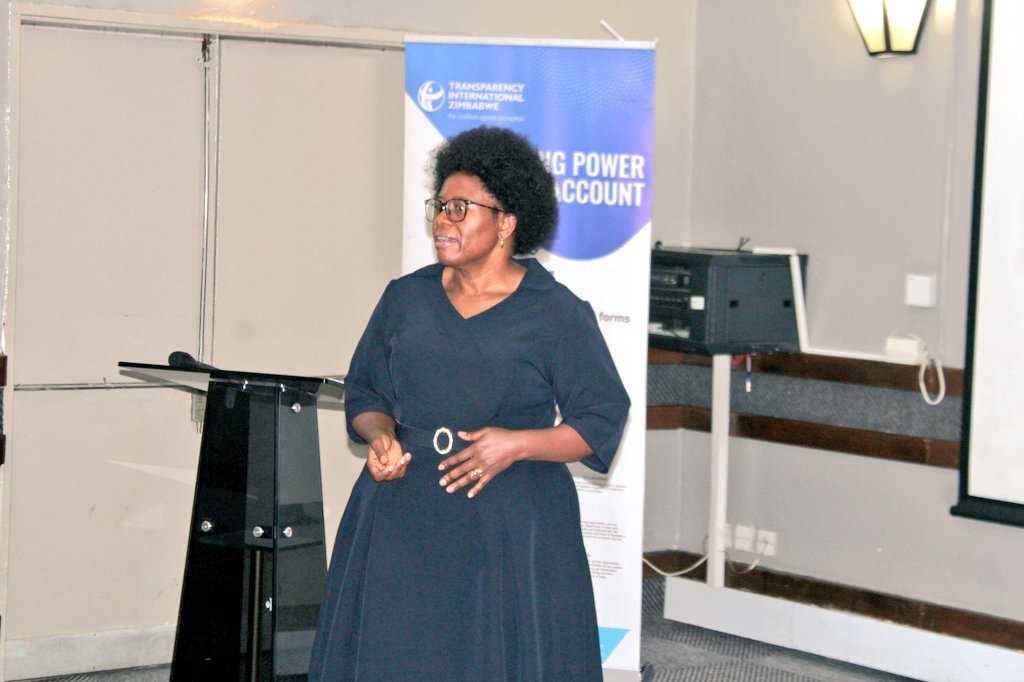






Leave Comments